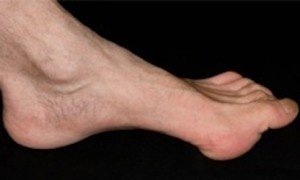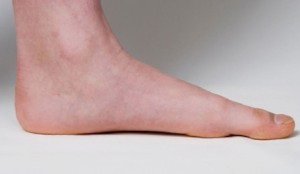What is a normal arch height?
It’s a common question posed to podiatrists and a tricky one to answer. The height of the arch during standing and in walking can be used to determine how much a foot is pronating. Pronation is the natural motion by which the arch of the foot lowers on weightbearing to act as a shock absorber. Regardless as to how high the arch starts if there is the correct amount of motion to allow adequate shock attenuation to prevent injury from occurring then it could be rightly described as a normal arch, regardless of its height.
The height of your foot arch is only a small piece of a much larger puzzle
We can assume that arch height does play a part in diagnosing various foot and leg conditions. Here are some examples of other factors your podiatrist will investigate when devising a treatment plan:
We can assume that arch height does play a part in diagnosing various foot and leg conditions. Here are some examples of other factors your podiatrist will investigate when devising a treatment plan:
- muscular tightness
- muscular weakness
- ligamentous restrictions
- ligamentous laxity (looseness)
- presence of trigger points (knots that occur within muscles)
- bony and postural malalignment
- exercise frequency, intensity and time
- footwear
- occupation
- walking patterns through video gait analysis (see walking analysis)
- ground reaction forces experienced under the foot (see walking analysis)
This foot type is characterised by it’s poor shock absorption qualities and lateral instability. It benefits from orthotic therapy which prevents a number of conditions including recurrent lateral ankle sprains.
What is a low arch or a flat foot?


